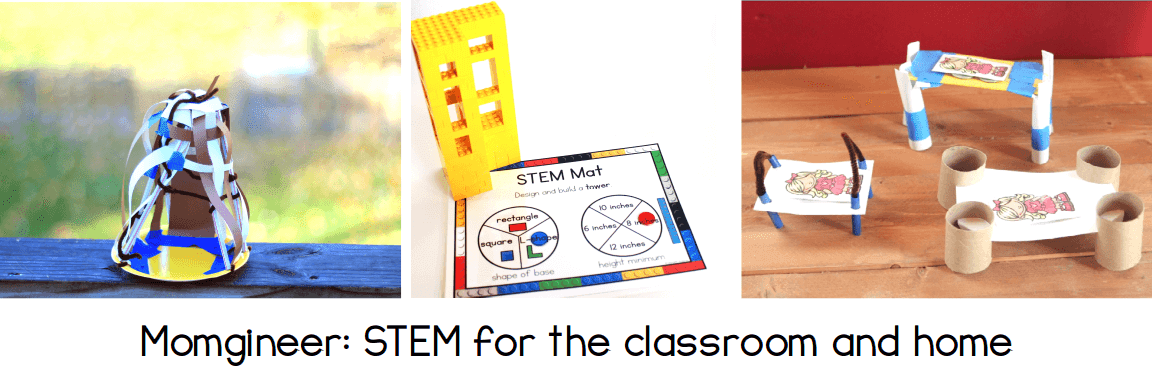Paper Circuit fun with Chibi Lights
I just adore Snap Circuits, but occasionally it's nice to keep a project together to take home or create something, like a card, to send to someone else. In these cases, paper circuits are a great option!Disclaimer: Please note that Chibitronics did send me kits to review, but the opinions expressed are completely my own. I may earn a small commission for my endorsement, recommendation, testimonial, and/or link to any products or services from this website. Your purchase helps support my work in bringing you downloads of value and information about educational resources. The links below are Amazon affiliate links. You can read my full disclosure here.
What is the Chibi Lights Kit good for?
I think this kit is best suited for a holiday or birthday gift. It is a great way to encourage a child who is either crafty or interested in circuits (or both!). This is also a good option for Makerspaces that host afterschool or weekend enrichment classes, provided they can charge enough to cover the cost. It would be a great activity near the holidays to create a special card or display as a gift.What is the Chibi Lights Kit NOT good for?
A classroom setting, unless you have been awarded a grant and have a special project in mind (or if you can charge a fee). It would be too costly otherwise.Things we liked about the Chibitronics Sticker Circuit Kit
- Easy to read, learn, and use. After unpacking the box, we had built our first circuit within minutes. You can't get much easier than that for implementation!
- The booklet includes fun activities that are engaging for kids. It also includes thorough and useful background information needed to understand and complete the projects.
- All of the components that are needed for the basic projects are provided.
A few things we thought could be better:
- Two times, we thought we made our circuit wrong because it wasn't working quite right. Unfortunately as is sometimes the case with electrical components, the LEDs were just not good. This happens with regular (large) LEDs too sometimes, but we wonder if it happens more often with the tiny LEDs. Switching out the LEDs proved that that was the issue but it was a little hard to debug. It's also possible we got a bad batch.
- The copper tape tears really easily. That is why I am recommending this for ages 10+ unless you have a very careful child.
- The one-time use factor. We knew this going in, but it would be nice to at least reuse the LEDs somehow.
All in all, I think this is a great kit to expose kids to circuits. The guidebook/sketchbook was much better than I was expecting and is very much worth it for the educational component. The kids get excited when they see their circuit working!
You can purchase the Chibi Lights Kit here:

or find examples of projects to try by clicking this link to go to the Chibitronics Gallery.
Pin these ideas for later:

























